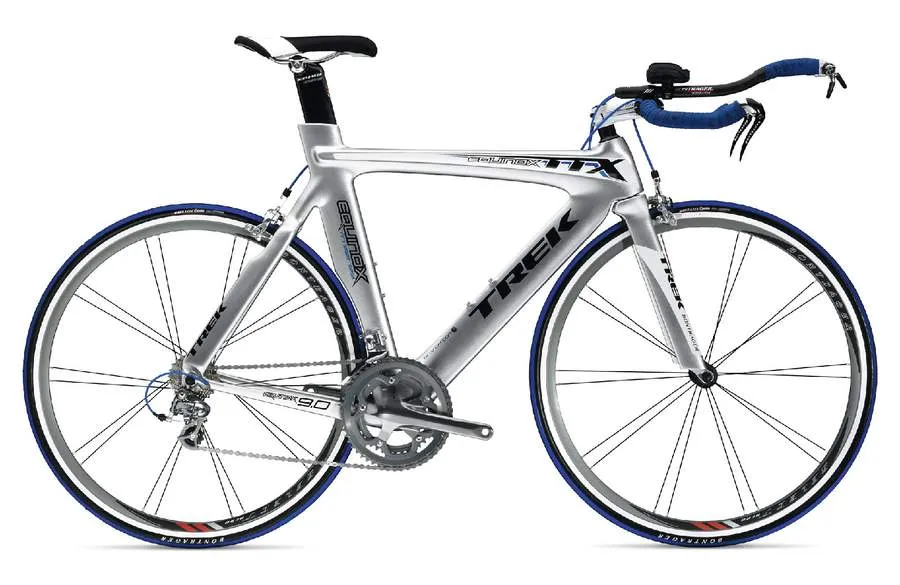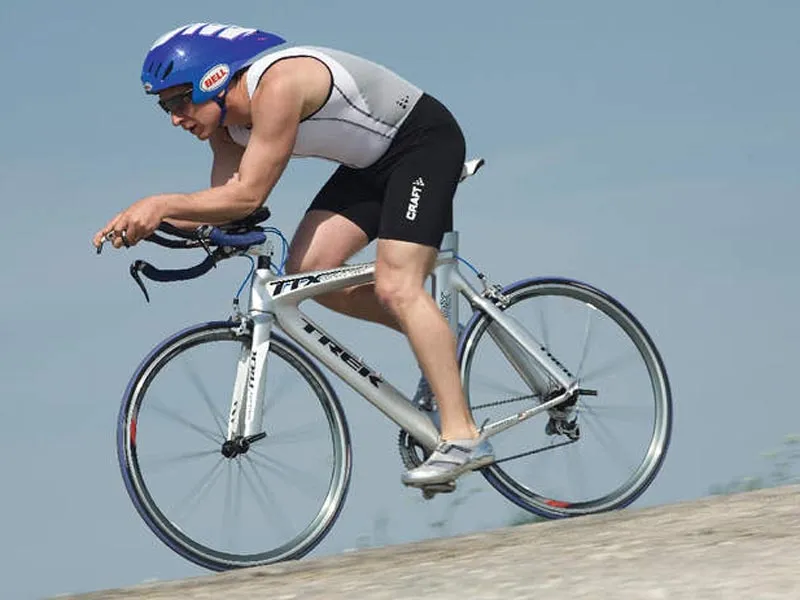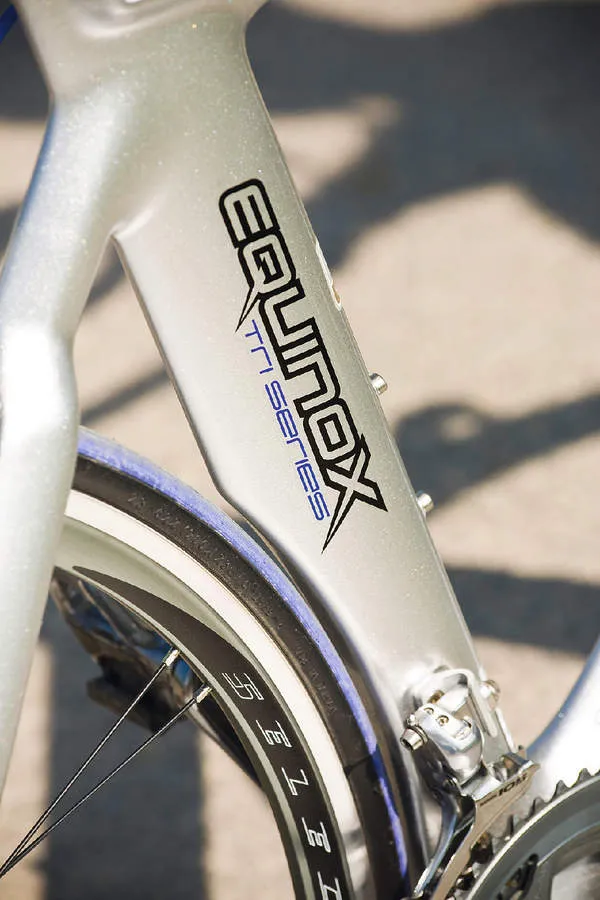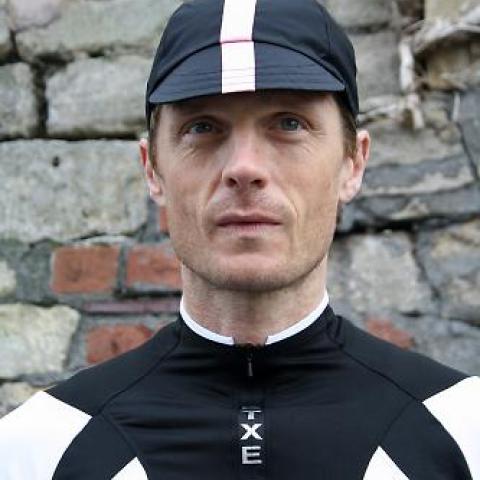We reviewed this bike's cousin, the Equinox 7.0, back in May. While the 7.0 has an alloy frame, the 9.0 is the cheapest carbon fibre model in the Equinox range. It'll set you back £600 extra.
Ride & handling: One of the most stable time trial bikes you’ll ever ride
Flat, straight-line speed is what the TTX 9.0 does best. Point it in the right direction, wind it up and away it goes. This bike just clips through the miles with the minimum of fuss.
It’s a remarkably stable rig, and don’t underestimate the value of stability. It allows you to get down on the aerobars and concentrate on putting the power in without the need for little corrections all the time. The 9.0 takes care of itself while you take care of the horsepower.
Its main strength, though, is its aerodynamics. The frame and forks simply slice through the air so you can fire along at speed, and the short head tube and steep seat angle allow you to get into a super-efficient, flat-backed riding position without any trouble at all.
Better wheels would improve things, though. In fact, the frame is crying out for them. That would definitely be our number one upgrade.
We’re always harping on to anyone who’ll listen that aerodynamics are way more important than light weight when you’re choosing a time trial or triathlon bike, but dropping a few grams is always a bonus. Being a chunk lighter than the 7.0, the 9.0 climbs a whole lot better, and it’s much quicker to pick up speed when you get back on the power after tight turns.
Okay, it hasn't got the sherpa-like agility of a truly light bike and it doesn’t relish out-of-the-saddle back-breakers, but it’s certainly not a beast when the terrain heads upward. And when it’s time to come back down, all that stability translates into plenty of assurance on the descents.

Chassis: High-end frame and forks boast excellent aerodynamics
Trek spend a lot of time in the wind tunnel developing their triathlon/time trial bikes, and everything about the TTX 9.0’s frame is designed to minimise drag and maximise speed.
The down tube is lowered to reduce the gap from the front wheel and improve airflow – there’s just 1cm of clearance at the closest point – and the squat head tube is pinched into an hourglass profile to shrink the frontal area.
The seat tube is cut away to shelter the rear wheel and it houses a similarly aerodynamic seatpost while bladed seatstays continue the wind-cheating theme out back. Naturally, sir or madam gets internal cabling too.
The carbon fork (with an alloy steerer) has legs that are way further apart than usual. Why? You guessed it: to let the air pass through and reduce drag. And the shoulders of the fork crown extend backwards to the frame to… well, you know the rest. The 9.0’s carbon fibre frame is a whopping 600g lighter than the alloy version on the 7.0.
Equipment: Mid-range groupset and wheels are price you pay for top-level frame
The Trek comes specced with Shimano’s 105 gearing which, though not super-lightweight, is durable, no-nonsense kit. The no-name brake callipers, wired up to comfortable levers from Trek’s in-house Bontrager brand, provide a sound performance too.
Bontrager’s Select Aero wheels, fitted with Bonty Race Lite tyres, are a bit of a compromise. There’s nothing wrong with them – they don’t flex uncontrollably and ours stayed true throughout testing – but they're heavy and, despite the name, they’re not especially aero. You’re clearly investing in the frameset much more than the components here.
We got on well with the Bontrager Race Lite TT saddle, though. The deep gel nose is really comfy when you’re down on the aero bars. And the seatpost is reversible so you can get a seat angle of up to 79° if you want to go steep.




